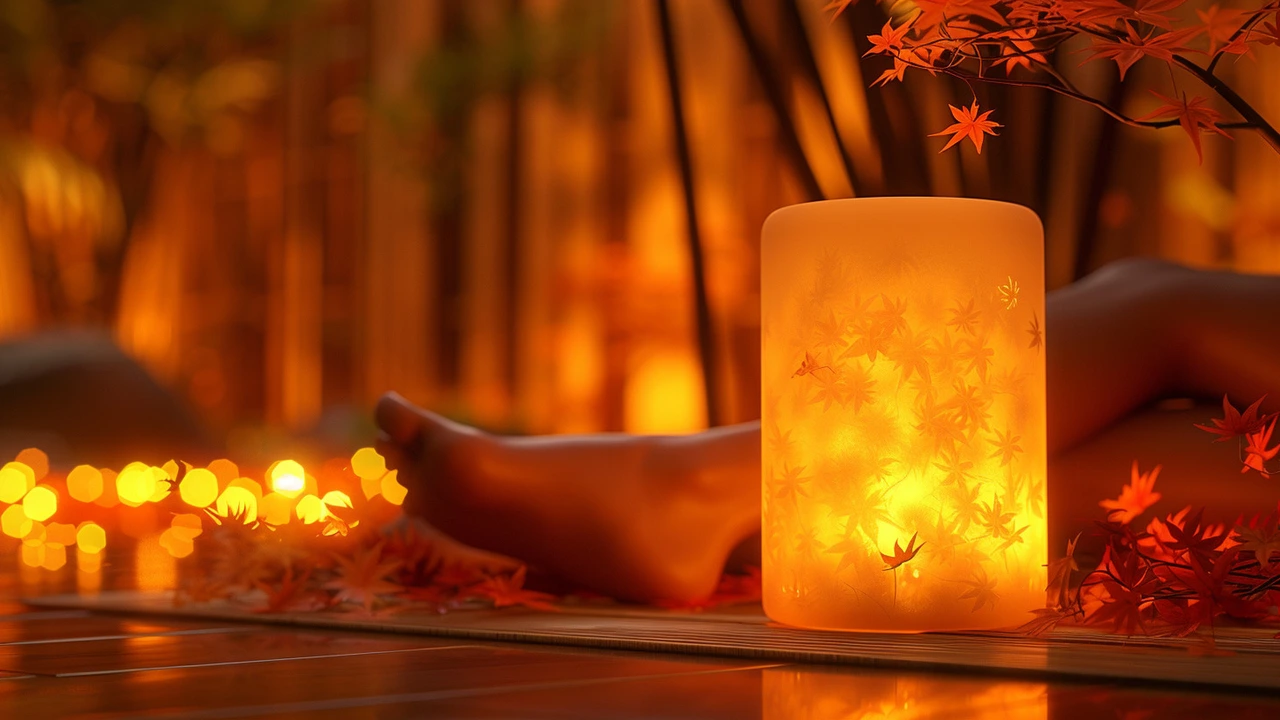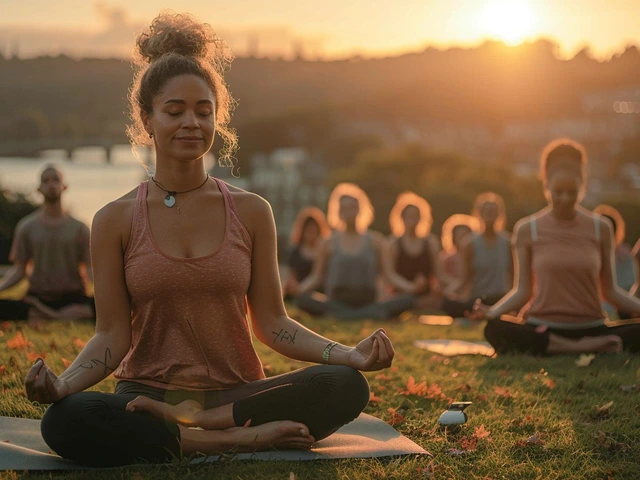Understanding the Science of Sports Massage Therapy
Let me take you on a little journey today. We're taking a detour off the beaten path to understand the science behind sports massage therapy. You see, my boy, Lyle is now 10, and a keen soccer enthusiast. Like any concerned father, I was worried about the growing frequency of his complaints about muscle soreness and fatigue. Wanting the best for him, mixed with an innate curiosity, I decided to delve into the world of sports massage therapy. And folks, my world has expanded by leaps and bounds. The sports massage therapy realm quickly unraveled itself to me as both an art and a science of healing.
Starting from the basics, let's throw some light on what sports massage actually is. Essentially, it is a specialized form of massage therapy, targeted at athletes for optimal performance, conditioning, increasing flexibility and speeding up recovery from injuries. Essentially, sports massage aims at enhancing body's own repair mechanisms. So, it is not just some random kneading and stroking of muscles, but a systematic, purposeful and specific application of techniques to ensure the optimal functioning of an athlete's body.
Types of Sports Massage Therapy
We have already established the importance of sports massage therapy and why it's not just another run-off-the-mill panacea for aches and pains. Now, let's delve a bit deeper into the various types of sports massage. Mainly, it is of three types: Pre-event, Post-event, and Maintenance massage. Pre-event massage is performed shortly before an athlete competes. It is focused on the areas of the body that will be heavily involved in the exertion. Post-event massage, on the other hand, is given within an hour or two of the event, to normalize the body's tissues. Maintenance massage is performed at least once a week as a part of the athlete's training program to reinforce muscle flexibility and range of motions.
Benefits Of Sports Massage Therapy
Now that I've waxed eloquent about the types of sports massage therapies let's dig into the numerous benefits of this therapeutic practice. Brace yourself, this could be a rather long conversation. In my journey of understanding and exploring this sphere, what I discovered was a cornucopia of benefits that come with it. Firstly, it helps to increase the blood flow in the body, which aids in muscle recovery post-exercises. Secondly, it provides a sense of relaxation and calm, which aids in managing stress and anxiety levels. It's how I imagine a Snorlax feels after a good meal and a snooze!
Sports Massage Techniques
Let's do a little deep dive into some commonly used techniques in sports massage. There are four, namely, Effleurage, Petrissage, Friction, and Tapotement. Now before you put on your thinking hat and immerse into some chain of thoughts (possibly wondering if I inhaled a dictionary), let me simplify this for you. Effleurage is long, sweeping strokes that create a calming effect on the body. Petrissage is a kneading motion carried out in a rhythmic manner to elevate deeper muscle problems. Friction, as the name suggests, is a circular pressure applied with the fingers, relieving muscle stiffness and spasms. Lastly, Tapotement is a form of percussion marked by quick, rhythmic tapping to stimulate the nervous system. See, it wasn't that difficult, was it?
A Peek into My Experience with Sports Massage Therapy
As the doting father of a budding soccer star, the growing concern for my son's muscle health and endurance led me down the path of sports massage therapy. It was unchartered territory back then, full of uncertainty but rich in promise. I was Selkirk, stranded on the island of ignorance. So, like any knight in a shiny armor, I embarked on this noble quest, for knowledge. Hitherto the journey, I was in awe of the potential benefits that sports massage therapy holds not only for professional athletes but also for those pushing their physical boundaries as a part of their daily life.
Long story short, Lyle started receiving pre-event and post-event massages from a certified sports massage therapist routinely. Miraculously, his muscle pain reduced substantially and his performance on the field took a new upswing. The difference was noticeable and profound. From this point on, like Columbus who steadfastly believed in his "outlandish" idea of Earth being round, I knew this was a realm worth investing time and energy in.
Things to Remember Before Getting a Sports Massage
A friendly caveat before we end this enlightening chit-chat. Like many things in life, sports massage therapy isn't a one-size-fits-all solution. In fact, there are a few considerations to remember before indulging in it. It is important to choose a certified sports massage therapist with a good understanding of anatomy and physiology, who is aware of the right techniques to use for different sports injuries. The massages should be an integral part of a complete injury management program, complimenting other recovery methods such as physiotherapy. Lastly, one size doesn't fit all here. The massage timing, pressure, and techniques should be tailored according to individual needs and goals.
To wrap up this deep dive, unearthing the enigma of sports massage therapy, I need to express this: it is an invaluable tool in every athlete's arsenal. It goes beyond the realm of mere luxury and deep into the territory of necessity. So if you, my fellow reader, are an athlete or even an everyday warriors fighting the battles of the mundane, consider adding the weapon of sports massage in your recovery and performance toolkit. Remember, your body is a temple and deserves the best care and attention you can provide. And sometimes, the best care can come in the form of a soothing, therapeutic, and purposeful kneading of muscles. Hands down!






